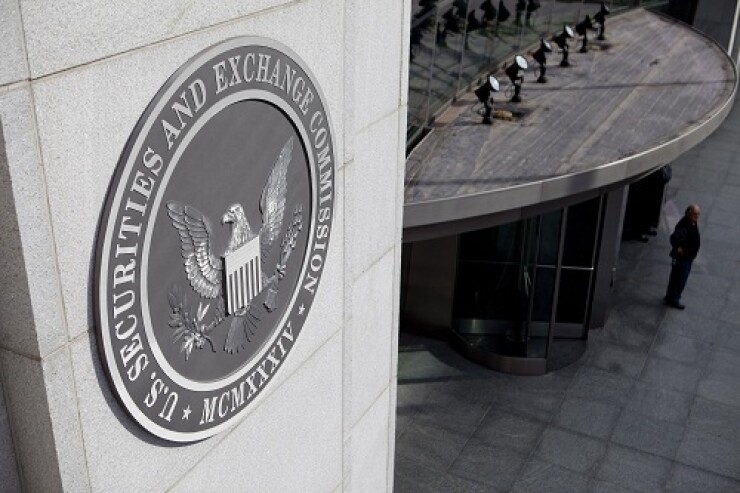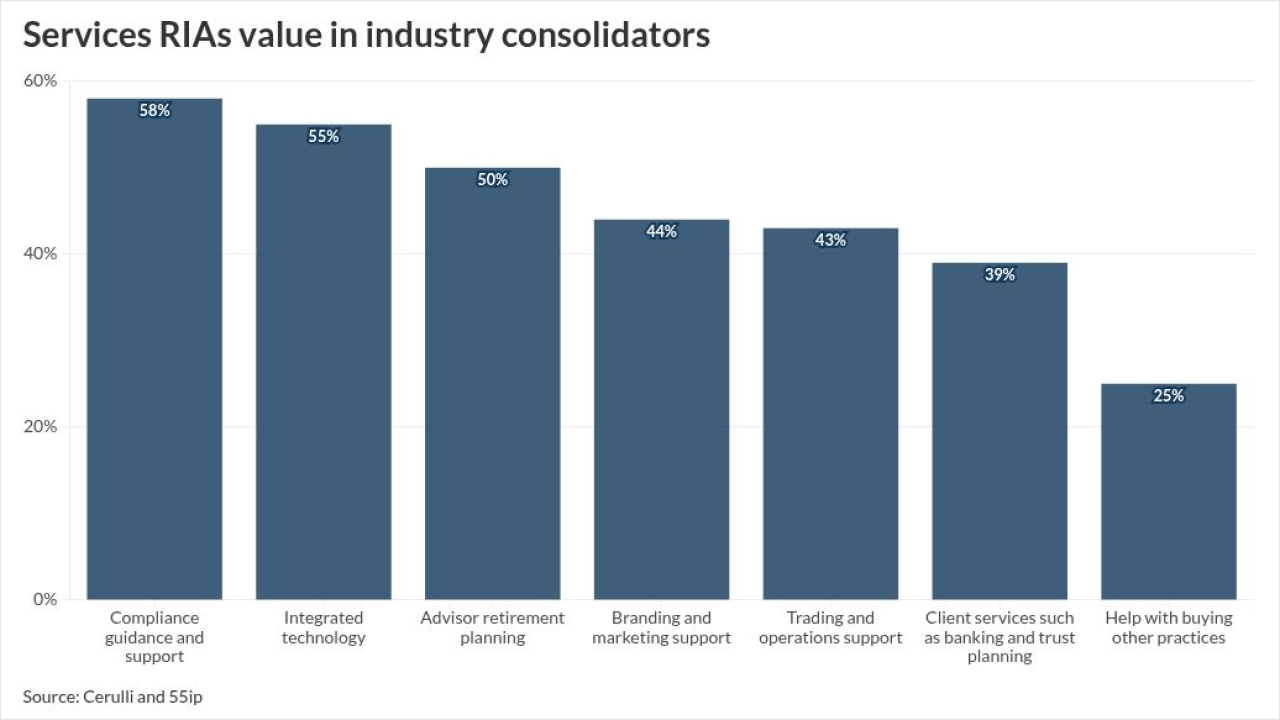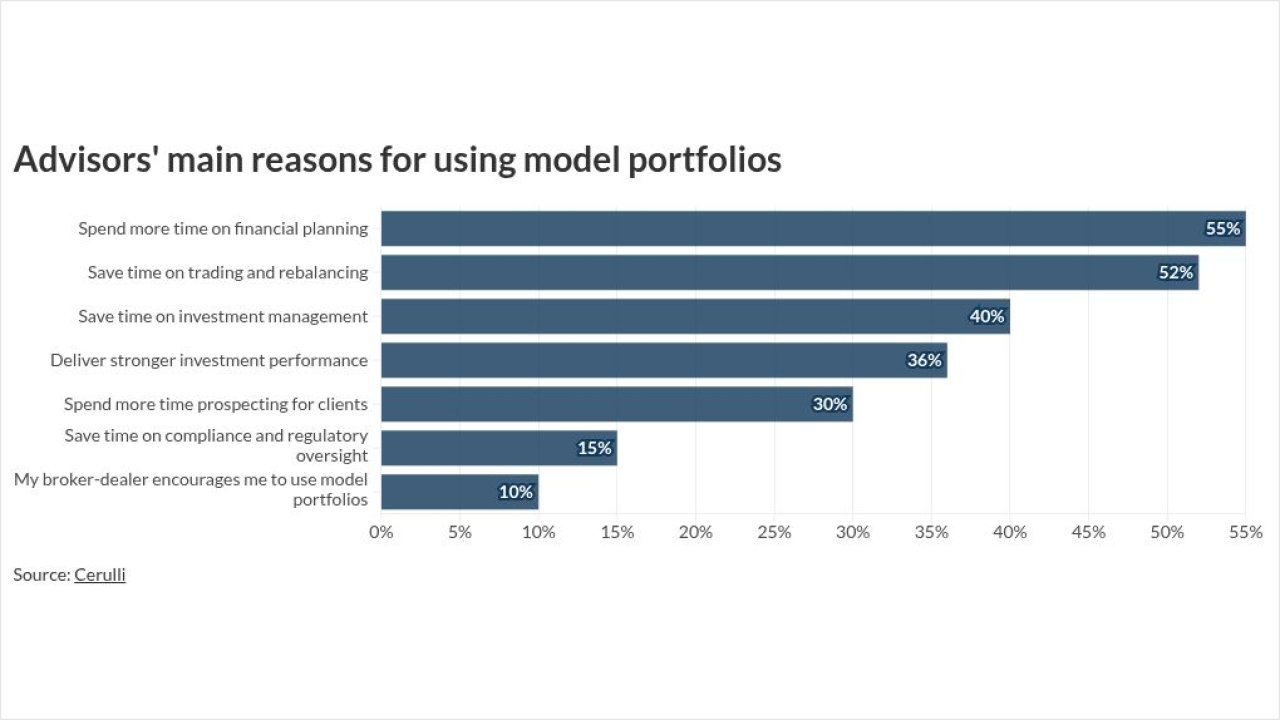In his article published in July in Financial Planning, Michael Kitces made two assertions concerning the SEC's Regulation Best Interest: One, it did “materially lift” the broker-dealer standard; and two, RIAs will have trouble “differentiating themselves in a world where broker-dealers can legitimately state they, too, have a best interest standard.”
On the first point, Kitces is just plain wrong. On the second point, though narrowly, technically correct, in practical, real-world terms, he is also very wrong. These are central points that merit a discussion.
Make no mistake: Reg BI is the dawn of a new era for independent, fee-only RIAs. Advertising campaigns funded by deep corporate pockets will claim that brokers-dealers now offer a “new and improved” standard that is higher than the RIA standard. BDs are already sending this message.
But the reality is that Reg BI does not gut fiduciary advice as a differentiator for independent, fee-only RIAs. In fact, the opposite is true. Independent, fee-only RIAs’ best differentiator is what they do as fiduciaries that brokers can’t — It’s showing this difference is the challenge.

Yet SEC Chairman
By design, Reg BI does not require BDs do specific tasks to lift the standard, except for more disclosure. Also by design, BDs will write and interpret the new policies and procedures. The SEC seems to suggest in a
This means Reg BI is based on BDs’ alignment with issuers or manufacturers to distribute their products to retail customers in three-party transactions, while the Advisers Act fiduciary standard requires fiduciary advice in two-party relationships. These contrasting business relationships reflect the starkly different roles of advisors and BDs and the cultures and business practices that define them. The “three versus two” difference was highlighted in
There seems to be an industrywide assumption that the SEC’s view on the meaning of fiduciary is the only one in town. It’s not. The views of state securities chiefs, independent experts and, based on an overview of comments to the SEC, tens of thousands of independent fee-only RIAs and investors themselves pretty much disagree with the SEC.
The root of the perceptions can be found in the Advisers Act. Over the last decade, its essence seems to have been distilled to one word: disclosure. This misreading overlooks the lesson legislators in 1940 took from the crash of 1929 on the need to eliminate conflicts to the extent humanly possible. It also overlooks that disclosure was — until about 10 years ago — always deemed a far inferior second choice to that of eliminating conflicts. Only fairly recently did the SEC reverse its position and rebrand conflicts as inevitable, permissible and even implicitly, better for investors than mitigating conflicts. This implicit approval of conflicts is baked into the SEC rationale that preserving harmful conflicts is the price of preserving “retail access to brokerage products and services.” This reversal is stunning.
-
Though designed to raise standards for broker-dealers, the SEC’s 564-page rule sent ripples throughout the advisory industry.
July 29 -
The chairman dismisses criticism as misguided, but leading investor advocates say he is misstating their views and glossing over real regulatory problems.
July 11 -
Despite this SEC reversal, investors aren’t buying the idea that conflicts are good. What they want is clarity and transparency in fees and expenses and conflicts
Kitces is right that when he says BD advertising will attempt to neuter the terms “best interest” and “fiduciary” — when they appear alone and unexplained. But this does not mean that fiduciary duties cannot differentiate RIAs. It does mean language describing fiduciary practices and demonstrating what they mean must be plain, clear, and compelling.
Fiduciary practices differentiate advisors powerfully today because they apply the plain, transparent and concrete actions and straight talk that investors seek in an advisory relationship.
The challenge is positioning, framing and expressing these practices. This is the next differentiator for RIAs.





